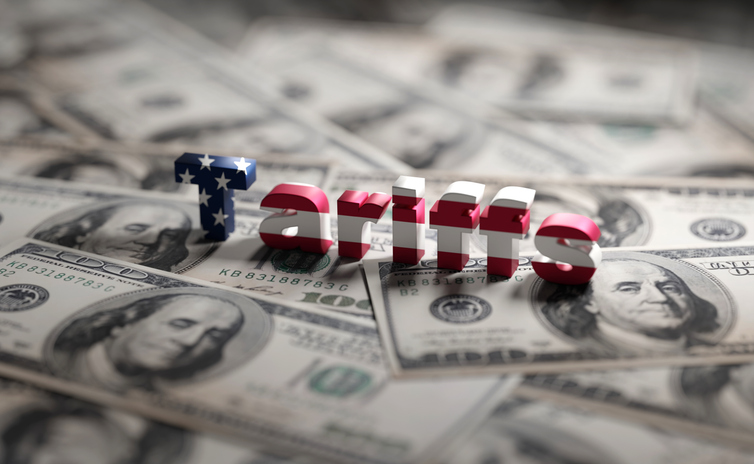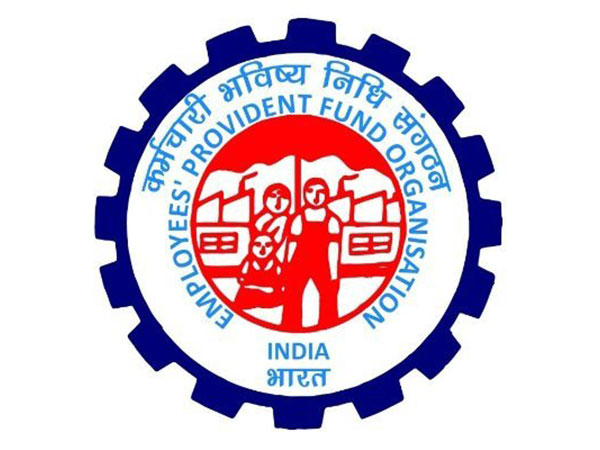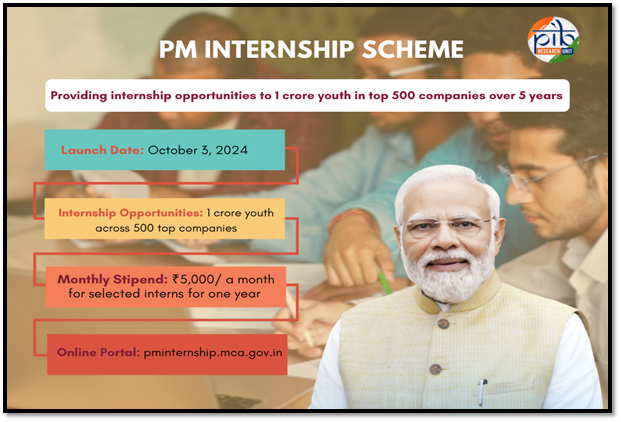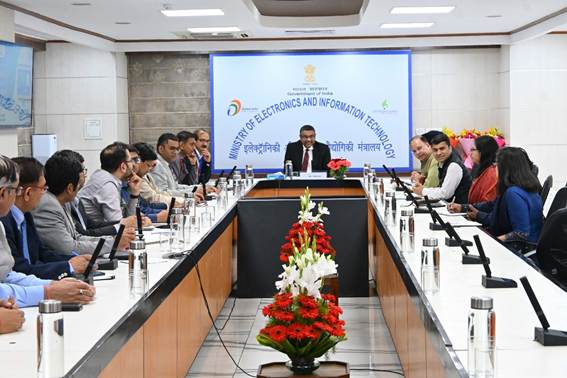President Donald Trump’s second elevation to the White House has ushered a domino effect in the global markets. Swinging like a pendulum, the markets are surviving between news cycles dominated by announcements from the Oval Office. Within a week, the global markets have tanked, anticipating the tariffs kicking in, only to rebound after the 90-day pause was announced for non-retaliating countries.
Are there any winners in the tariff wars? At this point, it will not be an exaggeration to state that the tariffs are like Pandora’s Box. Once opened, no entity, not even the White House, can handle the heat. This is where Trump is right now, politically, as both China and US have imposed tariffs exceeded 100 per cent on goods from both countries.
Only two plausible explanations exist. Either Trump knows what he wants and the short-term theatrics are part of the long game he is willing to sit through or even he is uncertain of any winners in the foreseeable future. Tariffs, strategically, may have a long shelf life but the Republicans have to back to the electorate in two years for the mid-terms, and then in 2028 for the next Presidential Election, without Trump. Even with endless rhetoric, the political capital remains finite for tariff theatrics do not address the inflation in the supermarkets.
The Indian opposition has been quick to jump the gun. Earlier this week, they went all political guns blazing, questioning the Prime Minister over his silence as the Sensex continued to dwell in the red zone. Once the pause in tariffs was announced, the opposition maintained a stunned silence. The silence was sustained even further as Tahawwur Rana’s extradition to India was completed.
The outrage of the opposition and its followers has a pattern to it. During the early days of the Russia-Ukraine war, the same people questioned the
decision of the Prime Minister to import crude from Russia. In hindsight, that one diplomatic gamble insulated India from skyrocketing energy inflation that engulfed many leaders electorally in the West. On tariffs, India chose not to retaliate immediately, leaving enough room for dialogue, deliberations, and an end to the trade deadlock.
The numbers tell the complete story. India is the 10th largest trading partner for the United States of America, and while the services trade, at around $70 billion, remains steady, it’s the goods trade where the contention lies. While India’s exports are around $87 billion, its imports from the US are in the range of $41 billion, creating a deficit that continues to irk Trump.
Though China, Mexico, Vietnam, Ireland, Germany, Taiwan, Japan, South Korea, and Canada are ahead of India when it comes to the trade deficit numbers, this is a case of a rising tide elevating all the boats in the seat. In the short term, India does not have much to worry about, given the pause, but in the long term, it must prepare itself to deal with a new framework where America’s foreign policy is guided by protectionism at the cost of globalization.
Trump’s tariffs are not meant to target India, or even the partners with a trade deficit. The focus is China, with which America has a $300 billion deficit annually. While the quantification of intellectual property theft by China remains difficult, the departing dollars from the US shores for Beijing have riled up Trump since his first term. On the contrary, India and the US want to increase their trade to $500 billion by 2030, a 150 per cent increase from the current threshold. This is where an opportunity presents itself.
Two things are certain about America. Their consumerism and their tariffs. President Biden, for all his liberal rhetoric, did not shy away from sanctioning China when it came to critical industries like semiconductors. Therefore, it is safe to assume that some degree of tariffs will continue to
exist, even after Trump leaves the White House. The sectors may differ, but the overall strategic objective shall transcend administrations. Get more employment in America. The generous lease that hosted globalization is gradually coming to an end.
The American consumerism is not going to change. The high per capita income sustains the disposable incomes, and therefore, the demand. If not China, other countries will step up to meet the demand. Some of these will be economic vassal states of China, like Vietnam and Cambodia, but no reason why India must up the ante, and carve out a new trading dynamic with the US, even when it engages with China.
Together, three different dynamics, amongst the three leading economies of the world, are the norm going forward. The rest of the world, including Europe, will revolve around this reality. The dynamic between America and China will be dictated by the need for a stable Pacific, where Taiwan could become a faultline in the future. Similarly, India and China will base their trade relationship around the principle of progressive and peaceful coexistence on either side of the Himalayas. Between India and America, however, consumerism, in both countries, is the key to boosting trade volumes and value.
Think of Apple, for example. Before the tariffs kicked in, it hurriedly imported six hundred tonnes of iPhone devices from India, through six cargo planes. These 1.5 million units were shipped to dodge the tariffs. Apple, in Trump’s first term, started diversifying away from China, setting up shop in India, and while the production and sales grow steadily, the room for expansion is significant. With a rising per capita income, especially in its urban centres, India is an ideal place to expand its shop for companies like Apple. Make in India to sell even more in India should be the motto.
This is where India and America can find ground for negotiation. India cuts down the customs, as it did in 2024 for several components used by Apple,
and America nudges its companies to adjust the pricing. Americans get a greater share of the Indian market. Indian exporters benefit from American consumerism and the government benefits from increased trade with surplus tax revenues displacing the losses from customs duties. A win-win for all.
Contrary to what the political opposition, led by Congress, wants the country to believe, the tariffs initiated by Trump are not a problem for India, but an opportunity. Each time a global economic reset occurs; the new world order creates winners. In the 1990s, it was China. In the 2020s, it could be India, and this is where the government’s focus has been with programmes like the Production-Linked Incentive Scheme.
The opposition predicted doomsday in 2019 when India bombed terrorist camps in Pakistan in the wake of the Pulwama attack. In 2020-21, global hysteria was manufactured against India’s diplomatic efforts on the issue of vaccine production and exports. In 2022, the same political opposition predicted that India would be isolated by the West because of the crude imports from Russia. On all occasions, they had egg on their face. With tariffs as well, they are reading the room incorrectly. India has an opportunity to cash, for it stands on the right side of the economic math.
(Tushar Gupta is a senior journalist and political analyst)





















